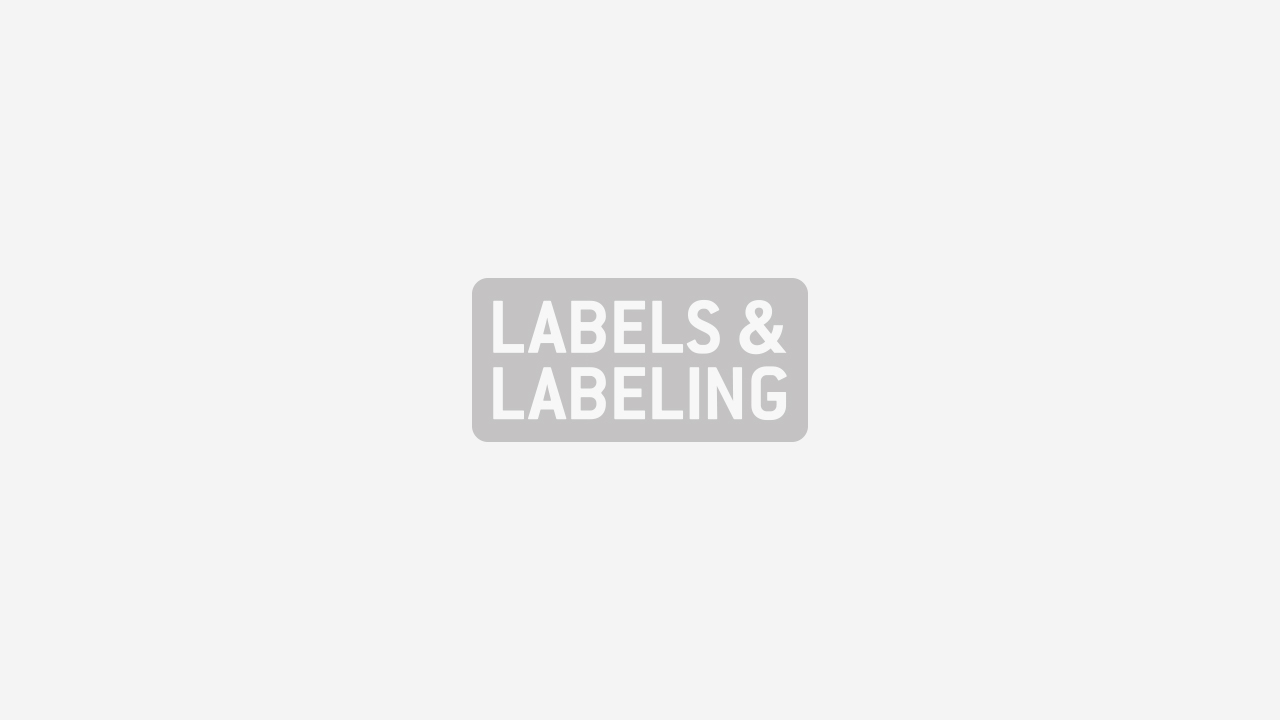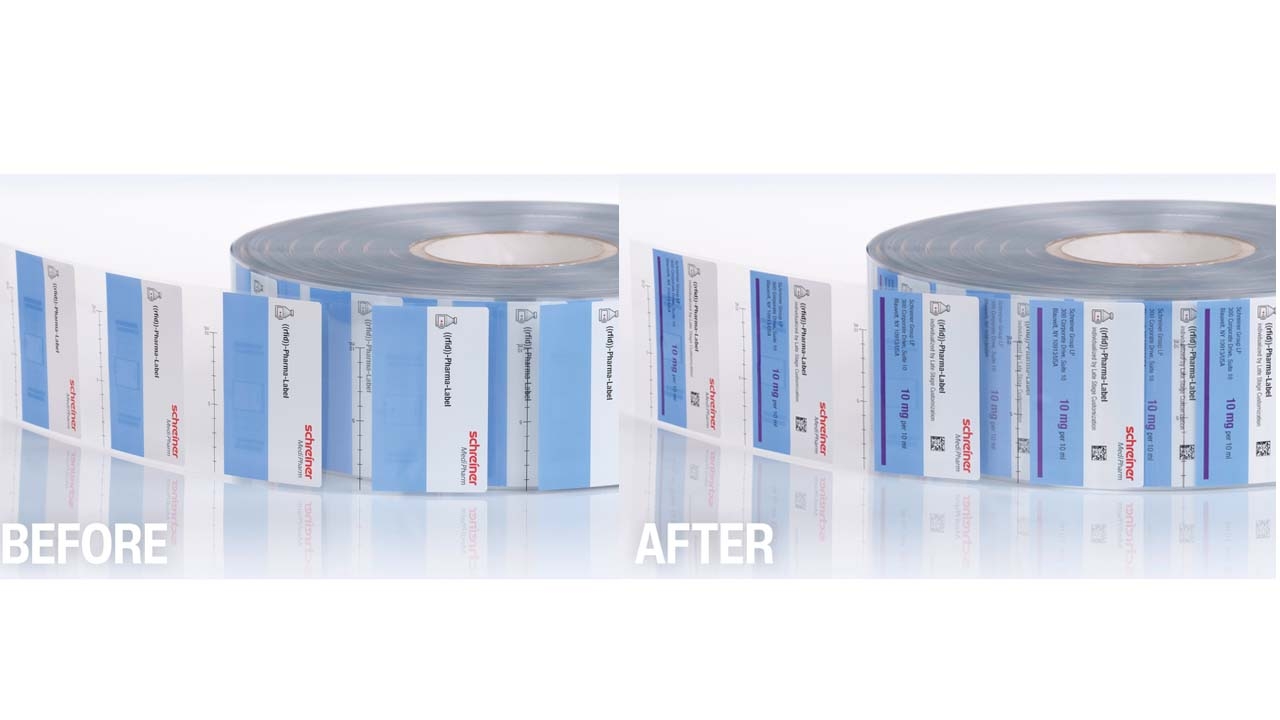Brand protection reports launched on L&L.com

A series of sector-specific reports on brand protection solutions is now available on the Labels & Labeling on-line bookshop, writes Elinor Zuke.
The 80-100 page reports, published by package and label consultant Vandagraf International in association with Product and Image Security Foundation, cover sectors including automotive and aeronautical parts, drink and food, and electronic equipment and components. They focus on technology, case studies and overall market trends.
‘One of the ways to improve profitability is to add value to labels – make them do more things than just the basic functions,’ James Bevan, managing director of Vandagraf, told Labels & Labeling.
‘With a commodity basic label like everyone else makes, there’s big competition and profits are driven down to nothing. If you can make quite a clever label, you can make more money on it.
‘There are various things you can do – whether hologram, code or RFID – to make the label more sophisticated. Counterfeiting is growing and there is growing demand for higher performance labels.’
Tampering, counterfeiting, piracy and theft accounted for losses of $609 billion across all sectors in 2006, higher than the GDP of 148 countries. In some sectors its growth is dramatic – counterfeiting in mobile telephone handsets doubled to $2 billion in 2007/8 – while recent estimations put the proportion of counterfeit handsets sold in China at 15 percent.
In the automotive sector, generic components (made to be used in many makes of vehicle) are most vulnerable to counterfeiting, Vandagraf reports, as they can be produced in higher volumes.
When it comes to airline parts, an unregulated network of dealers and suppliers ‘has allowed substandard parts to enter the aviation supply chain’, the US federal transportation department warned last year.
Vandagraf also warns that the entry of components which have not been certified as airworthy into market ‘extends deep into the realm of Defense’.
‘It has become increasingly common for government defense authorities to unwittingly acquire mis-represented/mislabeled commercially rated components for defense applications which generally require higher spec. parts for more demanding applications,’ the report found.
‘In a worst case scenario, unauthorized electronic parts used for a defense application could contain malicious software that would malfunction and possibly even contaminate other on-board electronics systems.’
The report calls for a track and trace system to validate parts, which could be paper based or electronic, involving RFID.
Vandagraf also stress the importance of considering a product’s routes to market when developing brand protection. Brand protection can be enhanced by using a single supplier for all packaging and labels for a particular product, enabled cross-referencing of label information or markings on components specific to the overall package. A ‘one stop shop’ supplier of all packaging and labels can offer an additional level of deterrence, and is seen as a plus by manufacturers.
Brand protection covers the broader issue of product quality, an area where advanced label technology can also play a key role. In the drinks sector, counterfeiters switch labels and refill wine bottles, but even a genuine bottle will decline in quality if wine is stored at the wrong temperature. Advanced labels using thermochromic ink indicate good drinking temperatures, while RFID can indicate temperature levels as the wine moves through the supply chain.
‘The international market for brand protection solutions’ reports are available to purchase at the L&L bookshop and will also be sold at Labelexpo.
Stay up to date
Subscribe to the free Label News newsletter and receive the latest content every week. We'll never share your email address.

